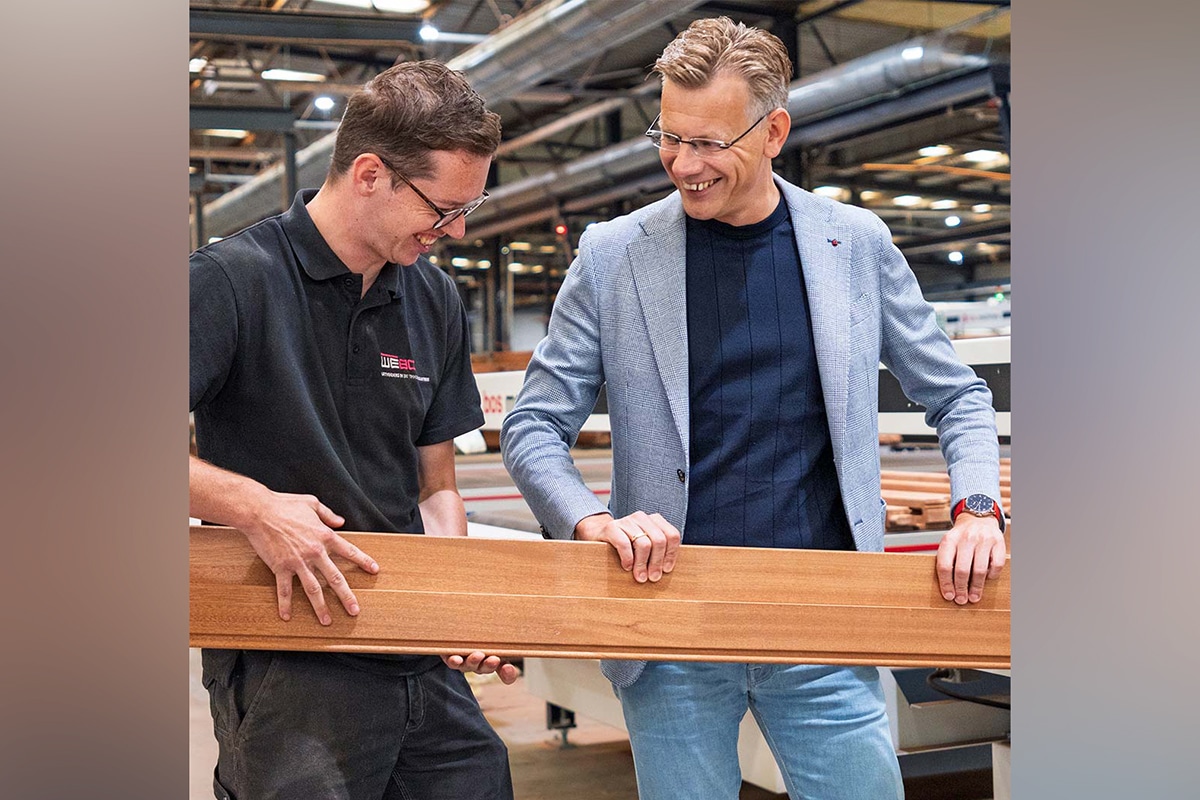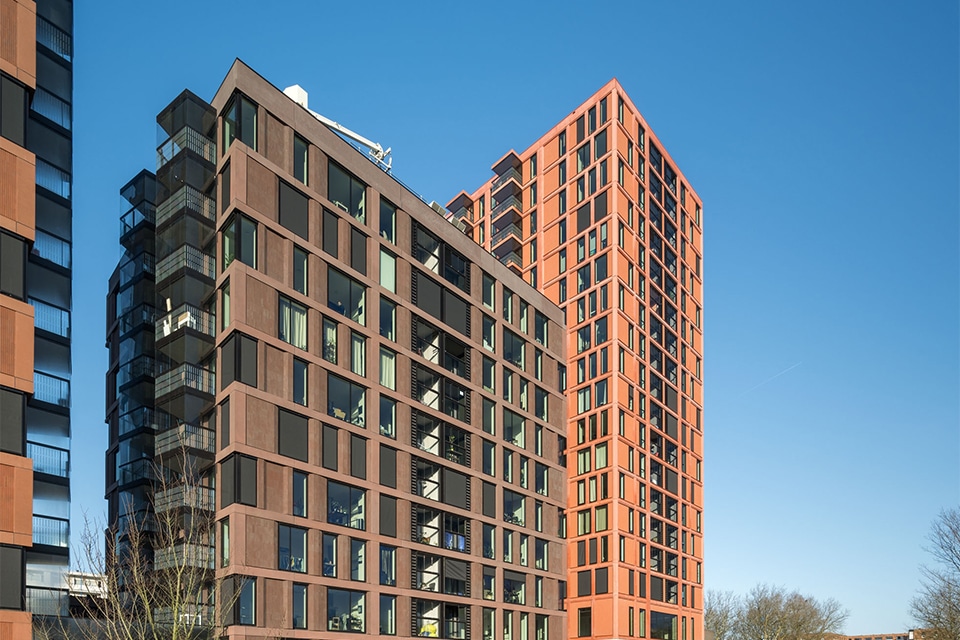
Perfect protection against fire and smoke
In order to slow down the spread and spread of a possible fire and to provide a safe escape route for everyone present in the building, compartmentation divisions and extra protected escape routes such as staircases must be fitted with fire-resistant glass. Interior Glassolutions B.V. offers various solutions for this. In addition, the Veenendaal-based specialist in glass systems for interior applications supplies and installs an extensive range of smoke-resistant glass systems, which comply with the latest European Sa and S200 classifications.
The Building Code sets specific requirements for resistance to fire penetration and spread (WBDBO), knows Geurt Roelofsen, director of Interior Glassolutions B.V. "In addition, fire-resistant glass had to meet certain resistance classes, such as E, EW or EI. Resistance class E was replaced last July the European Sa (cold smoke, tested at a temperature of 20°C) and S200 (hot smoke, tested at a temperature of 200°C) classifications. An important and good development, because it is not the fire itself, but additional smoke development that is the number one cause of death in a fire. We have now tested various glass systems in accordance with the European Sa and S200 classifications. And several more tests are planned for the coming months as well, with which we will demonstrably meet the latest requirements for smoke spread and fire and escape safety."
Fire-resistant glass is toughened glass with a metal coating and/or colorless and fire-resistant interlayer, Roelofsen says. "Most popular in this area is our gel-coated safety glass. If an unexpected fire breaks out, the fire side of this glass will break. At that moment, the fire-resistant gel coating of the glass wall or door comes into contact with oxygen and will automatically foam up. As a result, heat radiation and/or temperature are overcome, creating a temporary barrier and safe escape route." In addition, to provide sufficient resistance to smoke passage, specific requirements are placed on the frame construction and installation materials. "Any gaps must be perfectly sealed," said Roelofsen. "Recent tests have shown that the gap seals we use for our soundproof glass systems also perfectly meet the Sa and S200 requirements. So with this, our customers catch several birds with one stone and (fire) safety and comfort go perfectly hand in hand."



